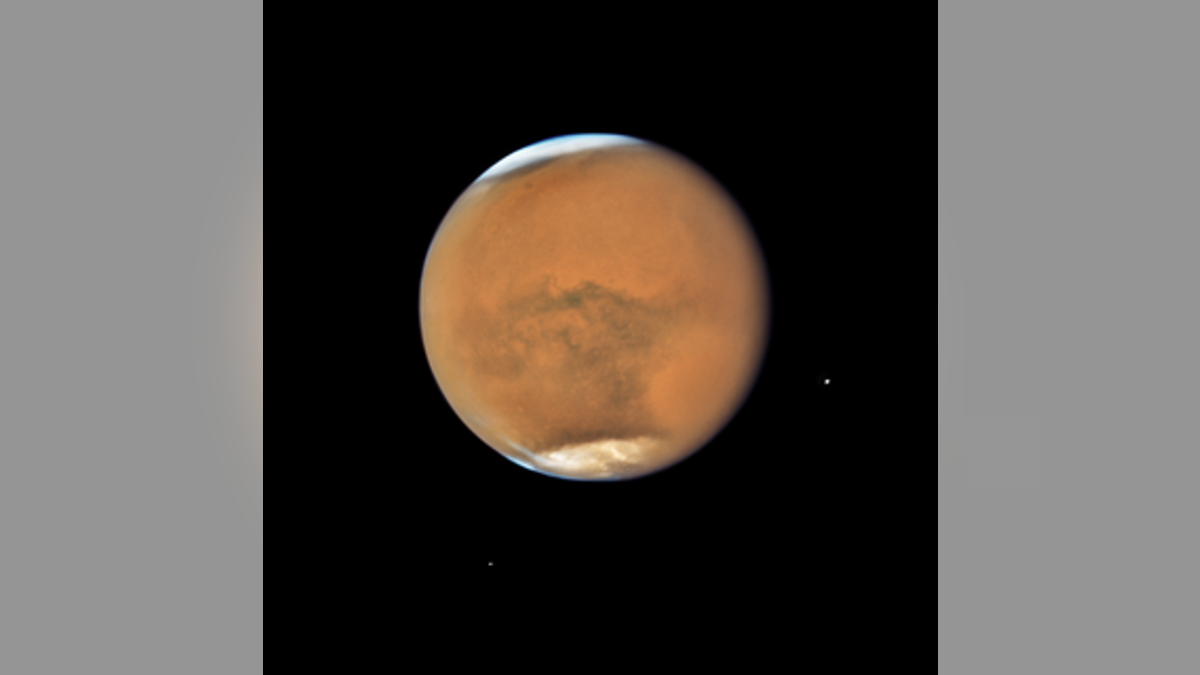Longest lunar eclipse of the century: What you need to know
A look at what you need to know about the longest lunar eclipse of the century, the ‘blood moon’ eclipse, and why you may have to travel to see it.
The longest total lunar eclipse of the 21st century occurs on July 27 – this is what you need to know.
A total lunar eclipse occurs when the entire Moon enters Earth’s shadow. The July 27 eclipse will last for 1 hour and 43 minutes, according to NASA.
The Moon will turn a red or ruddy-brown color during the “blood moon eclipse,” Space.com reports.
Skywatchers in the U.S., however, will not be able to enjoy the rare event, unless they are willing to travel. The eclipse will be mainly visible in Europe, Africa, Asia and Australasia, as well as some parts of South America.
“For an especially long-lasting total lunar eclipse of 1 hour and 43 minutes to occur, the moon has to pass through the central part of the Earth’s shadow,” explains EarthSky. “The previous total lunar eclipse on January 31, 2018, didn’t last as long (1 hour and 16 minutes) because the moon passed to the south of shadow’s center; and the next total lunar eclipse on January 21, 2019, won’t be as long either (1 hour and 2 minutes) because it’ll pass to the north of the shadow’s center.”
EarthSky notes that the longest possible lunar eclipse is 1 hour and 47 minutes. The longest total lunar eclipse of the last century was on July 16, 2000 and lasted for 1 hour and 46.4 minutes, according to EarthSky.
SUPER BLUE BLOOD MOON DELIGHTS SKYWATCHERS
In what EarthSky describes as a “one of the sky’s wonderful coincidences,” the eclipse will also take place as Earth passes between the Sun and Mars. With Mars "in oppostion" the Red Planet and the Sun will be on exact opposite sides of Earth.
July will also see Mars make a close approach, reaching the point in its orbit when it is closest to Earth. The Red Planet will make its close approach on July 31 at a distance of about 35.8 million miles, according to NASA. July 31 will be Mars' closest approach to Earth since 2003.

NASA’s Hubble Space Telescope photographed Mars on July 18, near its closest approach to Earth since 2003. (NASA, ESA, and STScI)
"Mars reaches its highest point around midnight -- about 35 degrees above the southern horizon, or one third of the distance between the horizon and overhead," explains the space agency, noting that Mars will be visible for much of the night.
Mars, however, will appear brightest from July 27 to July 30, the space agency says.
Mars is already brighter than usual and will shine even more— and appear bigger — as July 31 nears. Astronomers expect good viewing through early August.
The Associated Press contributed to this article.
Follow James Rogers on Twitter @jamesjrogers

